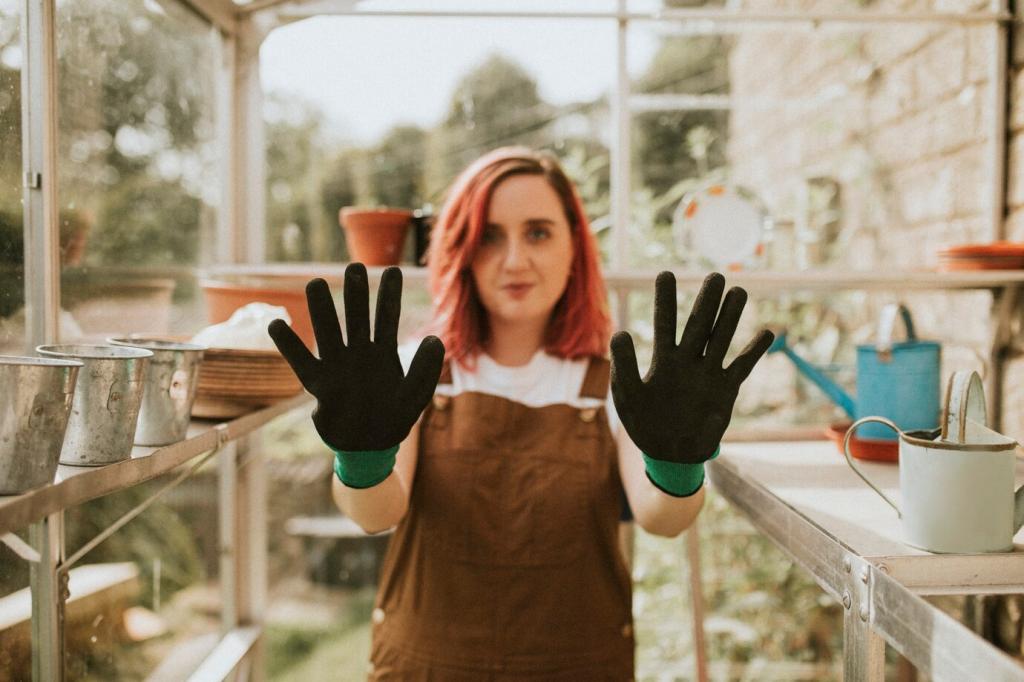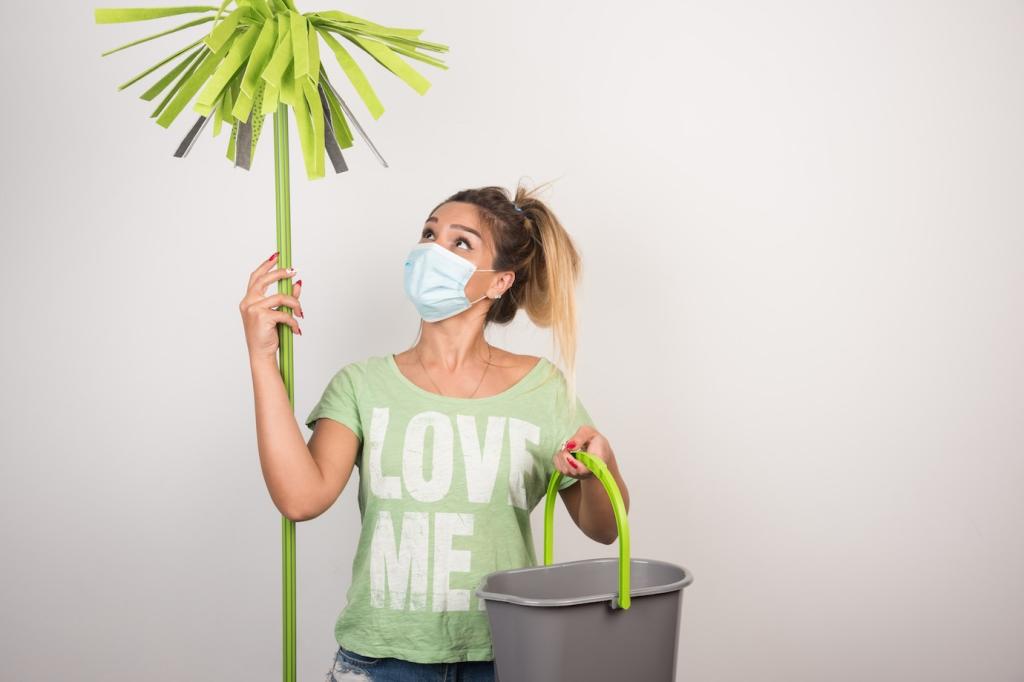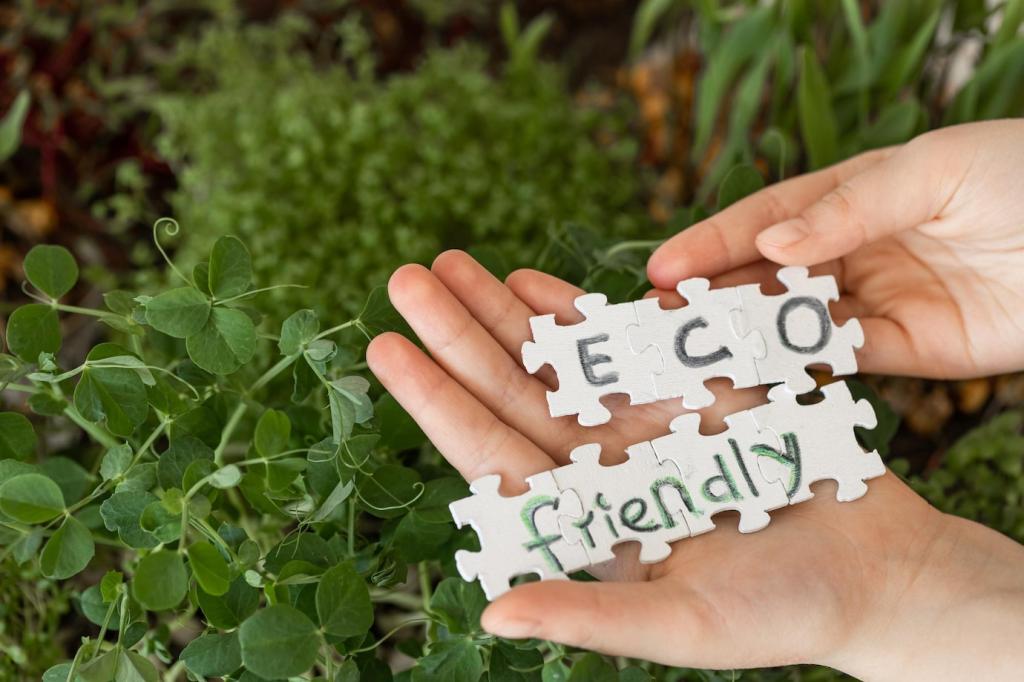Green Alternatives to Furniture Refinishing
Chosen theme: Green Alternatives to Furniture Refinishing. Welcome to a gentler path for beloved pieces—refreshing surfaces, colors, and textures without dust clouds, toxic fumes, or marathon sanding sessions. Explore healthier, reversible techniques that honor craftsmanship, reduce waste, and invite your home to breathe easier. Share your questions and subscribe for new green makeover ideas every week.


Begin with Renewal, Not Stripping
Many “tired” finishes only need a careful clean. Mix warm water, mild castile soap, and a few drops of vinegar to lift grime without harming wood fibers. Wipe, then buff dry. You’ll often reveal a warm glow that needs nothing more than simple nourishment and gentle protection.
Begin with Renewal, Not Stripping
Tighten wobbly joints, add wood glue with low or no VOCs, and clamp overnight. Replace missing screws with salvaged hardware to maintain authenticity. A reader, Maya, saved her grandmother’s side table this way—no sanding, no stripping, just smart fixes that brought back stability and charm.
Reversible Style Upgrades That Respect the Original
Hardware is the smile of a dresser. Replace dated pulls with reclaimed brass or ceramic knobs from architectural salvage. It’s a five-minute facelift that avoids refinishing entirely, and you can always switch back if you change your mind or pass the piece along later.

Milk Paint Made Modern
Traditional milk paint uses casein, lime, and natural pigments, creating a breathable, velvety finish. Lightly scuff glossy areas, then apply. It adheres beautifully and can be sealed with plant-based wax. The look is timeless, and cleanup is simple with water—no harsh solvents required.
Chalky Finishes with Gentle Sealers
Chalk-style paints often cover well with minimal prep. Skip solvent-heavy topcoats and finish with beeswax or a low-VOC waterborne sealer. The soft matte effect pairs perfectly with vintage silhouettes, delivering color with character while keeping the process approachable and kinder to indoor air.
Clay and Mineral Washes for Subtle Texture
Clay-based or mineral washes create earthy, tactile surfaces that let wood’s story whisper through. These finishes are typically low in VOCs and easy to layer. Use a natural-bristle brush and build translucent coats, then invite conversation by asking readers to share favorite hues in the comments.



Upholstery Refresh the Sustainable Way
Sew tailored slipcovers using organic cotton, linen, or recycled blends. They protect original upholstery and remove easily for washing. Choose neutral bases, then change pillows seasonally. Invite readers to vote on fabric swatches in the comments to crowdsource the next cozy chair makeover.


Host a Neighborhood Hardware and Fabric Swap
Gather spare knobs, hinges, and fabric remnants into one friendly weekend exchange. You’ll discover unique pieces while keeping materials in circulation. Post your event date below, and we’ll feature select swaps in our newsletter—encouraging more neighbors to join the green design movement.

Borrow, Don’t Buy: Tool Libraries
Check local tool libraries for clamps, steamers, and specialty brushes. Borrowing reduces cost and consumption, and it’s perfect for one-off projects. Share your best tool-library finds with our community, and subscribe for a guide to eco-friendly tool kits for small-space furniture care.

Create a Gentle Maintenance Ritual
Quarterly dusting, seasonal oiling, and mindful placement away from direct sun can prevent the need for refinishing entirely. Set reminders and track what works. Comment with your routine, and we’ll compile reader-tested tips into a printable checklist for greener homes everywhere.
